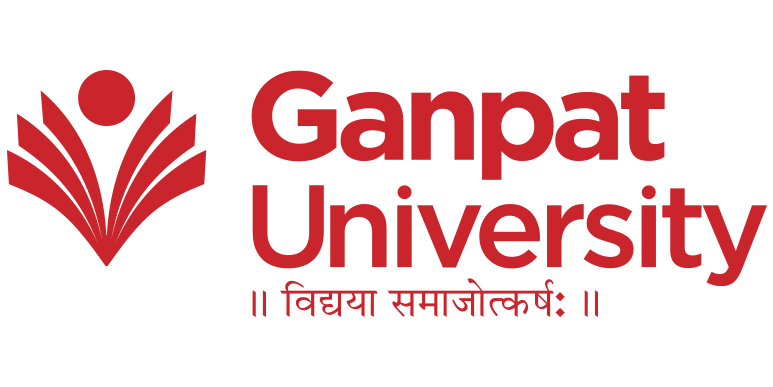First, we projected the newest incidence and you may predictors out-of handicap and of youngster relationships. For both we made use of bivariate detailed analytics so you can imagine prevalence (with 95% trust intervals) from inside the for every single acting country with the questionnaire study data behavior in Stata 16 to address the newest clustered sampling techniques found in MICS and you can UNICEF’s country-specific people-top inverse possibilities loads for taking account of biases within the sampling frames and non-effect. We also made use of combined consequences multilevel multivariate modeling (xtmepoisson inside the Stata (adaptation 16, StataCorp LLC, College or university Route, Texas, USA) to produce frequency rates rates (unbiased estimates off exposure) to guess this new organization from each other handicap and you may youngster matrimony having fellow member many years, highest number of training and you will contained in this-nation home wealth (mentioned for the quintiles) .
Second, i projected the effectiveness of relationship anywhere between disability and you will child matrimony. As more than, i statement country peak data using bivariate detailed analytics. Given the connection ranging from years while the prevalence out of impairment and brand new prevalence off child wedding, we utilized Poisson regression so you’re able to estimate ages-modified prevalence speed ratios into the likelihood of child ong players having handicap (people in place of impairment as the site class). I following render aggregated performance of the meta-research (utilising the restricted restriction opportunities (REML) approach for the Stata sixteen). Considering the high heterogeneity of a few of the meta-analyses, because the an allergy research, i aggregated results across the places by combined consequences multilevel multivariate modeling.
3rd, to achieve a far greater understanding of the nature of your dating ranging from handicap and you will child relationship status, i stratified the above mentioned analyses because of the participant age bracket.
All the analyses playing with combined consequences multilevel multivariate modelling specified arbitrary effects to let the hill and you may intercept of one’s dating ranging from impairment and you can youngster ount regarding shed analysis, over situation analyses were done. Part of the analytical sample made up 423,164 women across the 37 LMICs and you can 95,411 guys round the twenty-eight LMICs getting which legitimate information about handicap and you may marital/de facto marital updates was available.
Dining table 2
Full, 14.7% (95%CI fourteen.4–14.9; inter-nation range cuatro.9–29.2%) of women and you will ten.5% (95%CI 9.5–eleven.6; inter-country variety 2.6–18.9%) of males was basically clinically determined to have a disability. Of participants with disability, thirty-five.1% (95%CI 34.1–thirty six.2) of women and 37.3% (95%CI 34.8–39.9) of men was clinically determined to have a very major handicap. The risk of impairment is actually notably better certainly participants have been old, poorer in accordance with low levels out-of degree (Additional Desk S1). Spearman’s non-parametric relationship anywhere between nation pcGNI and you may nation-level incidence rates off impairment conveyed no high association ranging from country riches as well as the incidence out-of impairment (feminine r = ?0.10, men r = +0.01).
Information on the prevalence of child marriage for each country is presented in Table 2 . Overall, 30.8% (95%CI 29.3–33.2) of women and 7.8% (95%CI 7.2–8.3) of men were identified as being married in childhood, with 15.4% (95%CI 14.8–16.1) of women and 3.3% (95%CI 2.8–3.9) of men being under the age of 16 when married. Likelihood of child ong participants who were older, poorer and with lower levels of education (Supplementary Table S2). Spearman’s non-parametric correlation between country worldbrides.org innehГҐll pcGNI and country-level prevalence estimates of child marriage indicated moderate and statistically significant association between higher country wealth and reduced rates of child marriage (for women r = ?0.56, p < 0.001>
step three.step three. Disability and Wedding
Women with disability were 2.5% less likely to have ever entered a marital or de facto marital relationship than women without disability (adjusted prevalence rate ratio (APRR) = 0.975 (95%CI 0.966–0.985), p < 0.001).>
step 3.cuatro. Disability and you will Youngster Matrimony
Prevalence out-of child wedding for females and guys which have and you will instead disability is actually displayed for every single country in the Dining table step 3 , together with years-modified APRRs of your likelihood of professionals that have handicaps being married from inside the youngsters. Marriage under the age 18 is actually deeper for women which have disabilities during the 31 of one’s 37 regions, the real difference being statistically significant inside 19. Relationships under the age of 16 try deeper for females that have handicaps in the 29 of the 37 countries, the difference being statistically extreme inside the 18. Matrimony within the ages of 18 is better for males with disabilities inside 16 of your twenty eight regions, the difference are mathematically tall in 7. Matrimony within the age of sixteen is greater for men having handicaps in the 18 of your own twenty eight places, the real difference are mathematically extreme inside 5. From inside the nothing of one’s countries which have reduced probability of child wedding to have either women or men try the difference mathematically tall.
